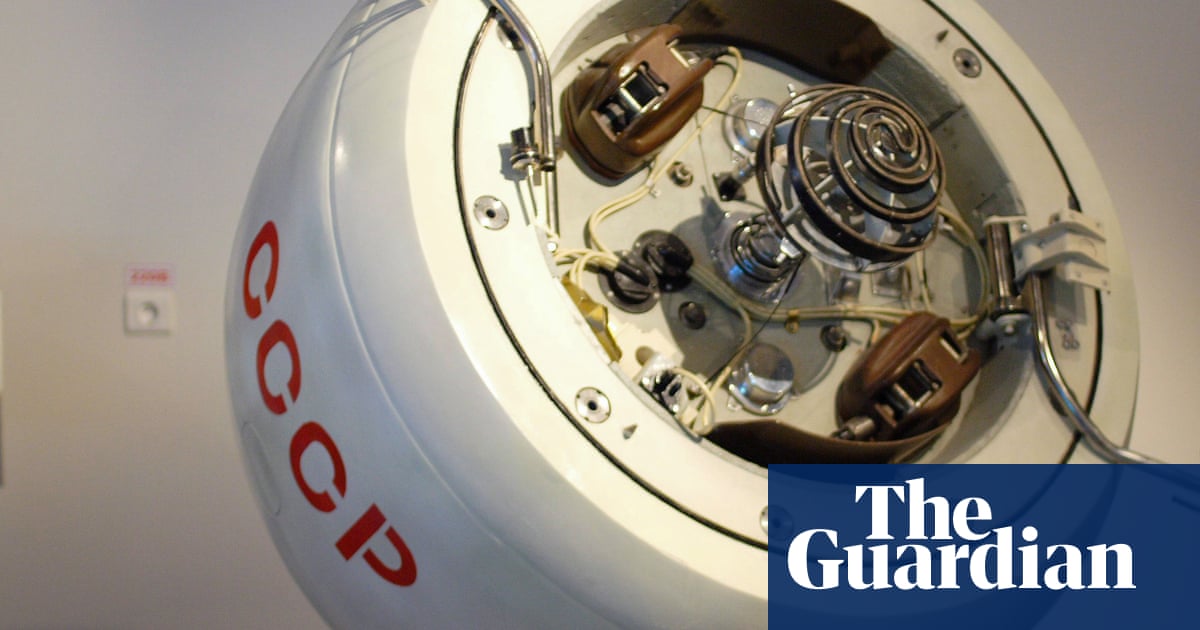Chemicals in everyday plastics may disrupt the body’s natural 24-hour sleep-wake cycle and circadian rhythm in a way similar to coffee, which increases the risk of sleep disorders, diabetes, immune problems and cancer, new in vitro research shows.
The study looked at chemicals extracted from a PVC medical feeding tube and a polyurethane hydration pouch, like those used by long-distance runners. PVC and polyurethanes are also used in everything from kids toys to food packaging to furniture.
The findings showed for the first time how plastic chemicals probably wreak havoc on cell signals that regulate the body’s internal clock, throwing it off by up to 17 minutes.
The internal clock is “incredibly important for physiology and overall health”, though more research is needed to know the precise consequences of exposure, said Martin Wagner, a study co-author and plastic chemical researcher with the Norwegian Institute of Science and Technology.
“This study adds to the increasing body of evidence that plastics contain compounds that cause a wide range of toxic effects,” the authors wrote in the peer-reviewed study published in Environmental International. “A fundamental shift in the design and production of plastics is essential to ensure their safety.”
The circadian rhythm is the molecular clock that regulates alertness and tiredness in relation to daylight and the dark. Shifting rhythms are linked to increases in the risk of obesity, dementia and cardiovascular disease, among other issues.
Research into plastic chemicals’ toxicity most often focuses on how chemicals like phthalates and bisphenol impact the endocrine system and hormone-related effects, which can take years to manifest. The new paper looked for an impact through a different biological pathway: cells. It checked for adverse effects on the adenosine receptor, which is a key component in cellular control of the internal clock that takes part in relaying signals that regulate circadian rhythm.
The biological process of how the plastic chemicals affect the body is similar to caffeine in its effects on the circadian rhythm and adenosine receptor. Caffeine deactivates the adenosine receptor, thus increasing the circadian rhythm and keeping us awake. The plastic chemicals activate the adenosine receptor, but also have a similar effect in keeping us awake.
The receptor is in the brain and “sends signals to the body that say ‘the sun is coming up – let’s start the day’,” Wagner said. But when the adenosine receptor is activated by the chemicals, it may not relay the message, delaying the body’s natural physiological processes.
While the chemicals are not as potent as caffeine, their impact on the cellular processes happens much more quickly than plastics’ impacts on hormones, Wagner said.
What this means for the body is unclear, but it is probably not good, Wagner said.
“We don’t know the significance of it and you could say, ‘Oh it’s just 15 minutes so it’s not a big deal’, but it’s such a tightly controlled clock that it’s a significant shift,” he added.
The study was done in vitro, meaning on human cells in a lab, and Wagner said the next step was to look at how the chemicals affect zebrafish, which have some similar physiological processes in their brains to humans.
Future research will also look into which chemicals in plastic and PVC are affecting the sleep-wake cycle. PVC can contain any of 8,000 chemicals, some of which are not intentionally added but are byproducts of the production process, so the material is incredibly complex and difficult to manage.
The findings of each new study will be used to pressure lawmakers to enact regulations, and to try to convince industry to remove the chemicals from the plastic, Wagner said.

 7 hours ago
3
7 hours ago
3













































